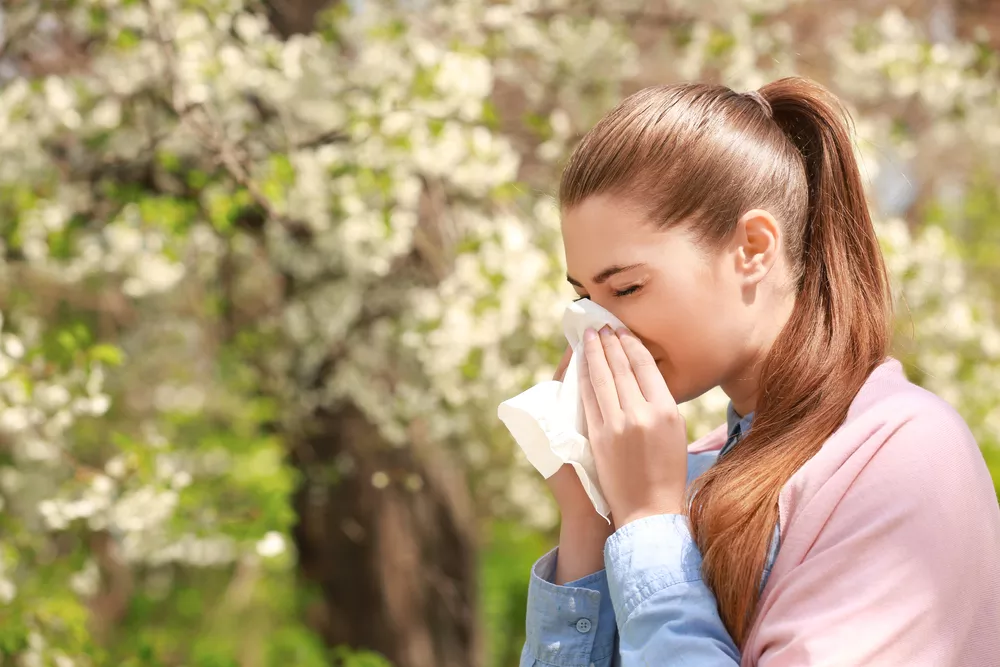The pollen is a fine dust produced by the male reproductive organs of flowers. It is the cause of most seasonal allergies.
Many people experience a more or less strong allergic reaction when they breathe pollen. Here are the right actions to take to relieve the symptoms of pollen allergy.
What is a pollen allergy?
L’allergy to pollen results in a set of pathological symptoms that are triggered by contact with pollen, an allergenic substance.
Pollen allergies generally occur in spring, during the period of plant pollination. When pollen, present in the air, enters the respiratory tract and comes into contact with the eyes, it causes more or less significant inflammation in allergic people.
What are the symptoms ?
Pollen allergy, also called hay fever, triggers inflammation in the eyes and the mucous membranes of the nose and throat.
Allergy sufferers complain of itching in the eyes, throat, watery eyes, runny noses, blocked noses and irritated throats.
These symptoms are linked to the release ofhistamine by the body, a substance which helps fight the allergenic agent. More serious symptoms (asthma) may appear in people with respiratory weakness.
The right actions to relieve the symptoms of a pollen allergy
To better support the symptoms of your pollen allergy :
- wear glasses outdoors;
- ventilate your interior at the end of the day (during the day, pollen can enter homes);
- find out about pollen alerts (on the National Aerobiological Surveillance Network website) before a walk in nature;
- avoid sleeping with the window open;
- Avoid driving a car with the window open or riding a bicycle.
If your symptoms are severe and cause significant daily discomfort, ask your pharmacist or doctor for advice. He or she will be able to advise you on medications to relieve the symptoms.

Journalist
May 19, 2024, at 5:10 a.m.
Was this article helpful to you?











